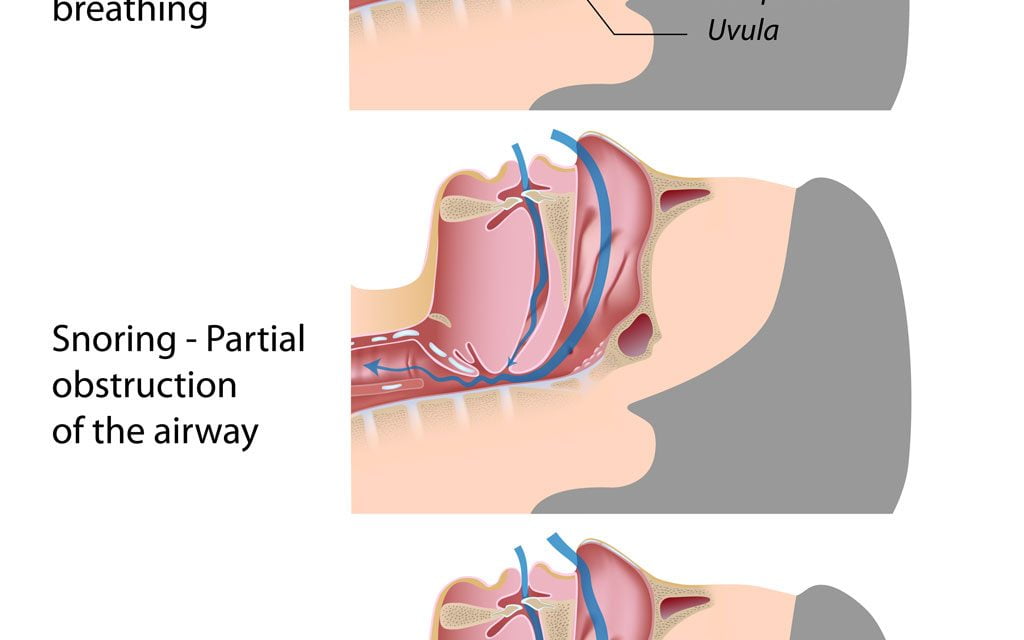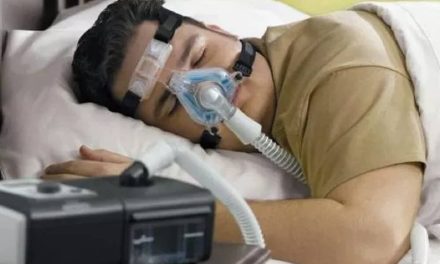Sleep apnea is a common sleep disorder that affects millions of people worldwide. It is characterized by interruptions in breathing during sleep, leading to fragmented sleep patterns and inadequate oxygen supply to the body. While the immediate impact of sleep apnea is disturbed sleep and daytime fatigue, the underlying causes and long-term effects can be significant. In this article, we will delve into the causes of sleep apnea, exploring both physiological and lifestyle factors that contribute to this condition and discussing its potential consequences on overall health.
Physiological Factors
- Obstructive Sleep Apnea (OSA)
Obstructive sleep apnea is the most prevalent form of sleep apnea. It occurs when the airway becomes partially or completely blocked during sleep, leading to breathing interruptions. The primary physiological causes of OSA include:
- Weak or relaxed throat muscles: The muscles that support the soft tissues in the throat can become overly relaxed, obstructing the airway.
- Excess throat tissue: Individuals with a naturally narrow throat or enlarged tonsils or adenoids may be more prone to airway blockages during sleep.
- Obesity: Excess weight can contribute to the narrowing of the airway and increase the likelihood of OSA.
- Central Sleep Apnea (CSA)
Central sleep apnea is less common than OSA and occurs when the brain fails to send proper signals to the muscles responsible for controlling breathing. The underlying causes of CSA include:
- Medical conditions: Certain medical conditions, such as heart failure, stroke, or brainstem disorders, can disrupt the brain’s ability to regulate breathing during sleep.
- Medications: Opioids and certain sedatives can interfere with the brain’s respiratory control, leading to central sleep apnea.
- Mixed Sleep Apnea
Mixed sleep apnea is a combination of obstructive and central sleep apnea. It involves both physical blockages in the airway and impaired respiratory control from the brain.
Lifestyle Factors
While physiological factors play a significant role in the development of sleep apnea, several lifestyle factors can also contribute to the condition:
- Obesity: Excess weight, particularly in the neck and upper body, can increase the risk of sleep apnea. Fat deposits around the throat can narrow the airway and impede breathing during sleep.
- Sedentary lifestyle: Lack of physical activity can contribute to weight gain and muscle weakness, both of which can worsen sleep apnea symptoms.
- Smoking and alcohol consumption: Smoking and excessive alcohol consumption can relax the throat muscles and contribute to airway blockages, increasing the risk of sleep apnea.
- Sleeping position: Sleeping on the back can promote the collapse of the airway and exacerbate sleep apnea symptoms. Gravity can cause the tongue and soft tissues to fall back and obstruct breathing.
Consequences and Health Risks
Sleep apnea can have significant consequences on overall health and well-being. The repeated interruptions in breathing during sleep can lead to:
- Daytime fatigue and impaired cognitive function: Fragmented sleep and oxygen deprivation can result in excessive daytime sleepiness, difficulty concentrating, and impaired memory.
- Cardiovascular problems: Sleep apnea is associated with an increased risk of high blood pressure, heart disease, stroke, and arrhythmias. The repeated cycles of oxygen deprivation and stress on the cardiovascular system can have detrimental effects.
- Metabolic disturbances: Sleep apnea has been linked to insulin resistance, glucose intolerance, and an increased risk of developing type 2 diabetes.
- Mental health issues: Sleep apnea has been associated with an increased risk of depression, anxiety, and mood disorders.
- Impaired quality of life: The constant fatigue and disrupted sleep patterns can significantly impact an individual’s quality of life, affecting their personal relationships, work productivity, and overall well-being.
Treatment and Management
While sleep apnea cannot be cured completely, effective management strategies are available to improve symptoms and minimize health risks:
- Continuous Positive Airway Pressure (CPAP): CPAP therapy is the most common treatment for sleep apnea. It involves wearing a mask that delivers pressurized air, keeping the airway open during sleep.
- Oral appliances: Dental devices can be custom-made to keep the airway open by repositioning the jaw and tongue during sleep.
- Lifestyle modifications: Losing weight, engaging in regular exercise, avoiding alcohol and smoking, and maintaining a healthy sleep routine can significantly reduce sleep apnea symptoms.
- Surgery: In some cases, surgical interventions may be considered to correct structural abnormalities in the airway, such as removing excess tissue or repositioning the jaw.
Conclusion
Sleep apnea is a complex sleep disorder with multiple underlying causes. While physiological factors like weak throat muscles, excess tissue, and respiratory control abnormalities play a significant role, lifestyle factors such as obesity, sedentary habits, smoking, and alcohol consumption can also contribute to its development. The consequences of untreated sleep apnea can have a profound impact on overall health, including cardiovascular problems, metabolic disturbances, mental health issues, and impaired quality of life. However, with proper diagnosis and appropriate treatment approaches, such as CPAP therapy, oral appliances, lifestyle modifications, and, in some cases, surgery, individuals can effectively manage sleep apnea, alleviate symptoms, and reduce associated health risks, leading to improved sleep quality and overall well-being.




